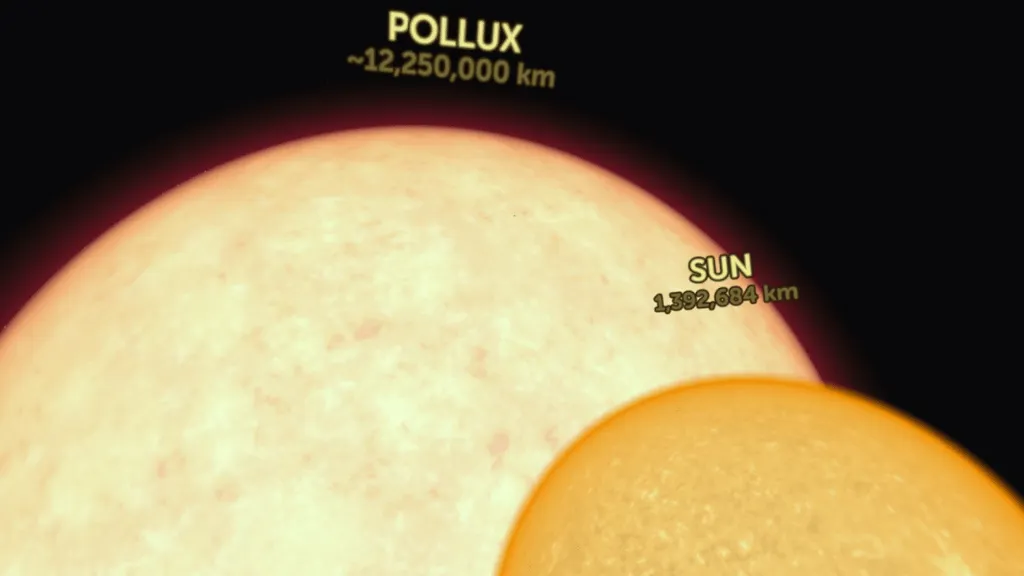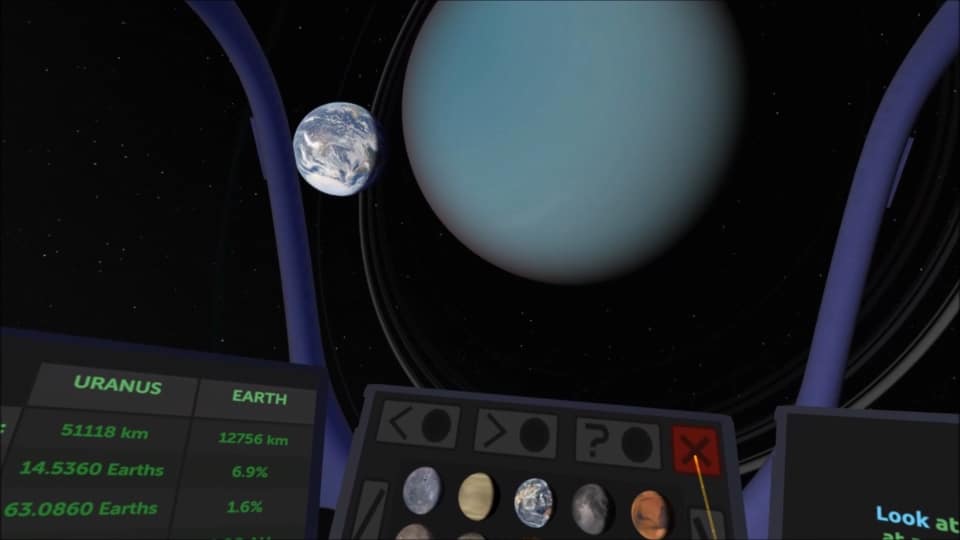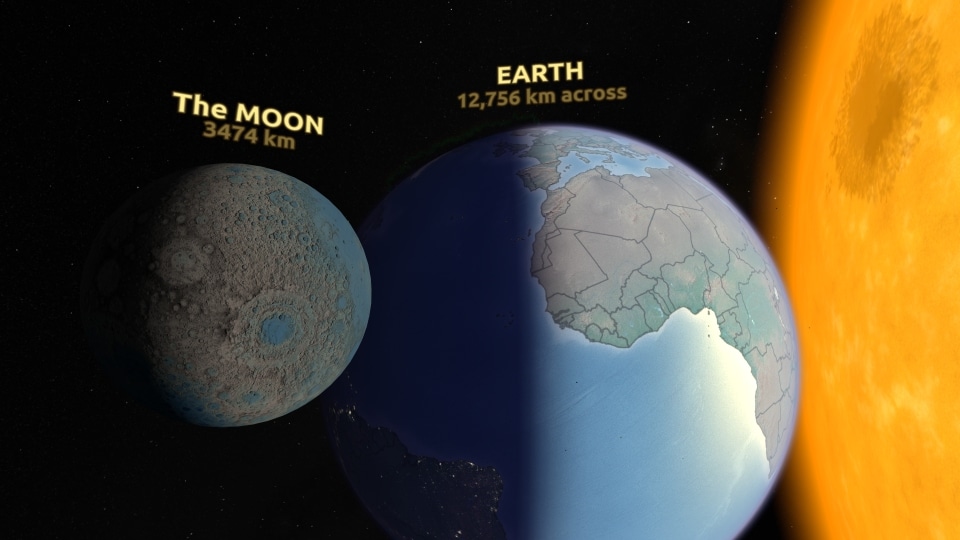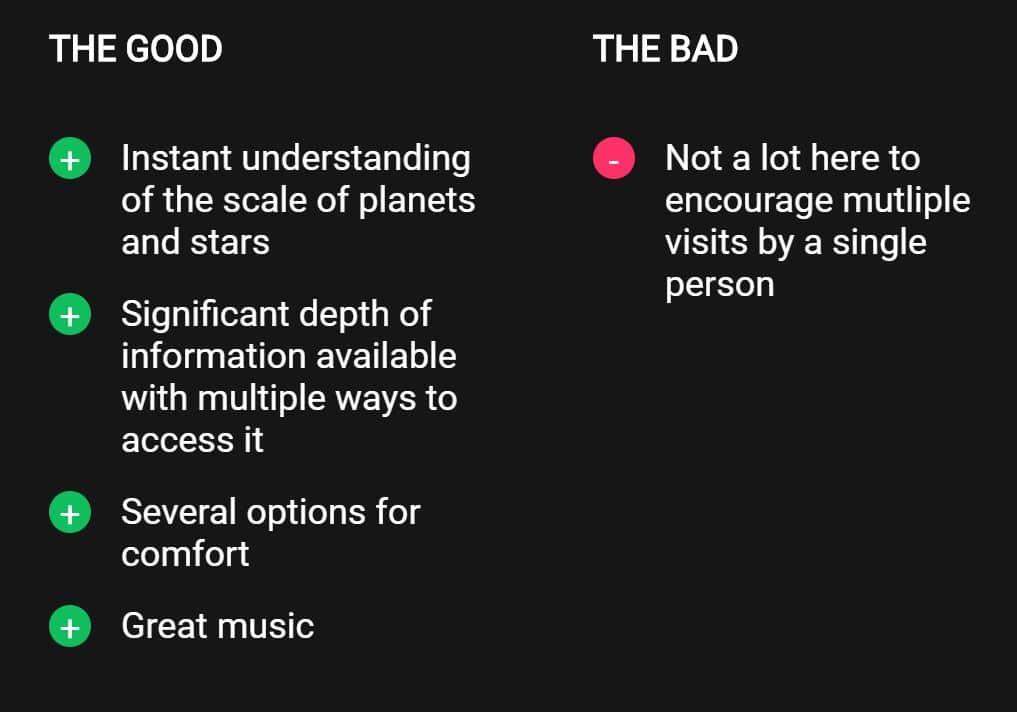After more than six years of development driven by a single developer working in his free time, the launch of Titans of Space Plus on Oculus Quest is a match made in the heavens.
Titans of Space Plus brings to the most accessible VR hardware ever made the most compelling and complete educational software available for the medium. This project belongs on every headset and comes with the highest recommendation I’ve ever given VR software. I believe it should be experienced at least once by every person you’d ever want to understand both the scale of the universe and the educational power of VR technology. And this version on Quest is the best yet.
Awe-inspiring
In classrooms around the world, a video is often played depicting the scale of things in the universe moving from the tiniest atoms to the vast distances between galaxies. Titans of Space begins somewhere in the middle of that journey and focuses not on distances, but on the relative scale of the giants of our cosmos.
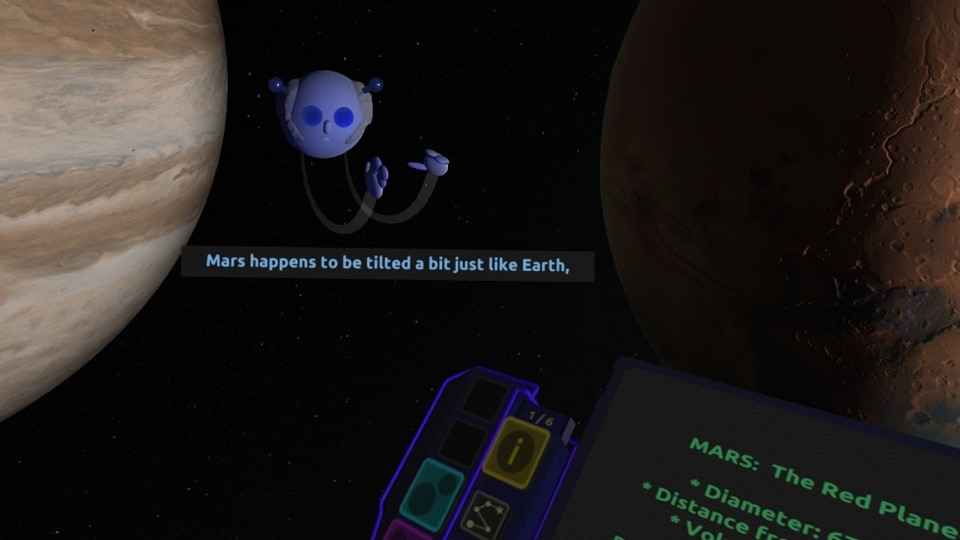
For hundreds of years, telescopes were used to offer brief glimpses of some of these celestial bodies. Only about 50 years ago we landed a handful of humans on our moon and, in the decades that followed, sent ever more advanced robots and cameras to other (relatively) nearby objects in the night sky. Every few years, with greater study and ever-sharpening resolution, our sense of what these objects are all about improves, and we get to understand a bit better what sits beyond our pale blue dot.
Titans of Space Plus takes that accumulated understanding we’ve honed from observation and study, and translates it to three dimensions in a way not possible with any earlier medium. The closest analogue is a physical planetarium exhibit that allows the visitor to touch and move around scaled down spheres representative of the planets or stars. It is through that frame of reference and comparison to an eye-opening field trip — without the need to spend money on gasoline or time on the road — that forms the basis of my recommendation of this project for every VR headset, and especially Oculus Quest.
Unique to VR
 Titans of Space Plus begins with some options so the tour can be tuned for length, comfort, and interaction preferences. Options include seated or standing, motion-sensitive or not, and a short or long tour. More than other cool space-based VR software like Apollo 11, Elite Dangerous, Universe Sandbox 2, or No Man’s Sky VR, these options mean Titans of Space is welcoming to a very wide range of people.
Titans of Space Plus begins with some options so the tour can be tuned for length, comfort, and interaction preferences. Options include seated or standing, motion-sensitive or not, and a short or long tour. More than other cool space-based VR software like Apollo 11, Elite Dangerous, Universe Sandbox 2, or No Man’s Sky VR, these options mean Titans of Space is welcoming to a very wide range of people.
Once those decisions are made, Drash lets the magic of head-tracked VR take over. Written words can never fully express the instantaneous human understanding conveyed in the first moment of Titans of Space. Neither can any traditional video kids see in their classrooms. The words “wow!” and “cool!” — even “where was this when I was a kid?” — tumble out from the mouths of anyone who can process the depth cues provided by current VR headsets. This software comes as close as any I’ve found to eliciting the “overview effect” described by astronauts who actually traveled to space.
The tour begins with the Earth floating in front of you, as the moon orbits, with both scaled to one millionth their actual size. Represented at the same scale, but not at an accurately scaled distance, the moon casts a shadow across the rotating planet as it blocks light you realize is coming from an unimaginably large yellow body to your right. That is our sun, and in this one moment you come to understand, in an instantly intuitive way unique to VR, just how vastly larger that ball of fire truly is compared with everything we see every day.
Everything about Titans of Space Plus reflects the years of love and refinement poured into the project by Drash. Previously, Titans of Space struggled to stand out on storefronts either made to promote VR games first, as on Oculus, or on Google Play and Steam, where all VR content in general struggles to stand out from the traditional “flat” screen content. Where does an educational VR experience that lasts roughly 30 minutes to an hour or so, and costs roughly $10, sit relative to games priced at $20 or more and tailored towards hours of entertainment?
Titans of Space Plus Review Verdict:
Titans of Space Plus is the purest example of everything VR can achieve. In my excitement over VR’s potential over the years, I’ve put person after person into a range of VR headsets with Titans of Space as my go-to demo. Each time the demo elicited awe, but it was always followed by a conversation about comfort and hardware cost. A discussion about the screen door effect in one generation became a talk about wires and freedom of movement in another. In a pair of Oculus Quests this week, however, Titans of Space Plus seemed to help VR cross a threshold for me. I put on the headset and my oldest child put on hers, and we took a roughly 30-minute tour of space together. We exchanged “wows” and anecdotes as we each found impressive facts about our solar system. There’s no actual multiplayer here, so we simply coordinated our locations by calling out to one another where we were, what we were seeing, and agreeing to press the “ready” button together to visit the next stop on a count of three. This time was better spent than any trip to a planetarium, and the experience was a highlight of my year. Drash delivered the best version of Titans of Space he’s ever made for an accessible and comfortable piece of VR hardware that finally feels complete with its addition.
Final Score: 



 5/5 Stars | Fantastic
5/5 Stars | Fantastic
You can read more about our five-star scoring policy here.
Titans of Space releases December 19 for Oculus Quest with cross-buy available for the Rift version from the Oculus Store. The project also exits Early Access on Steam at the same time.

